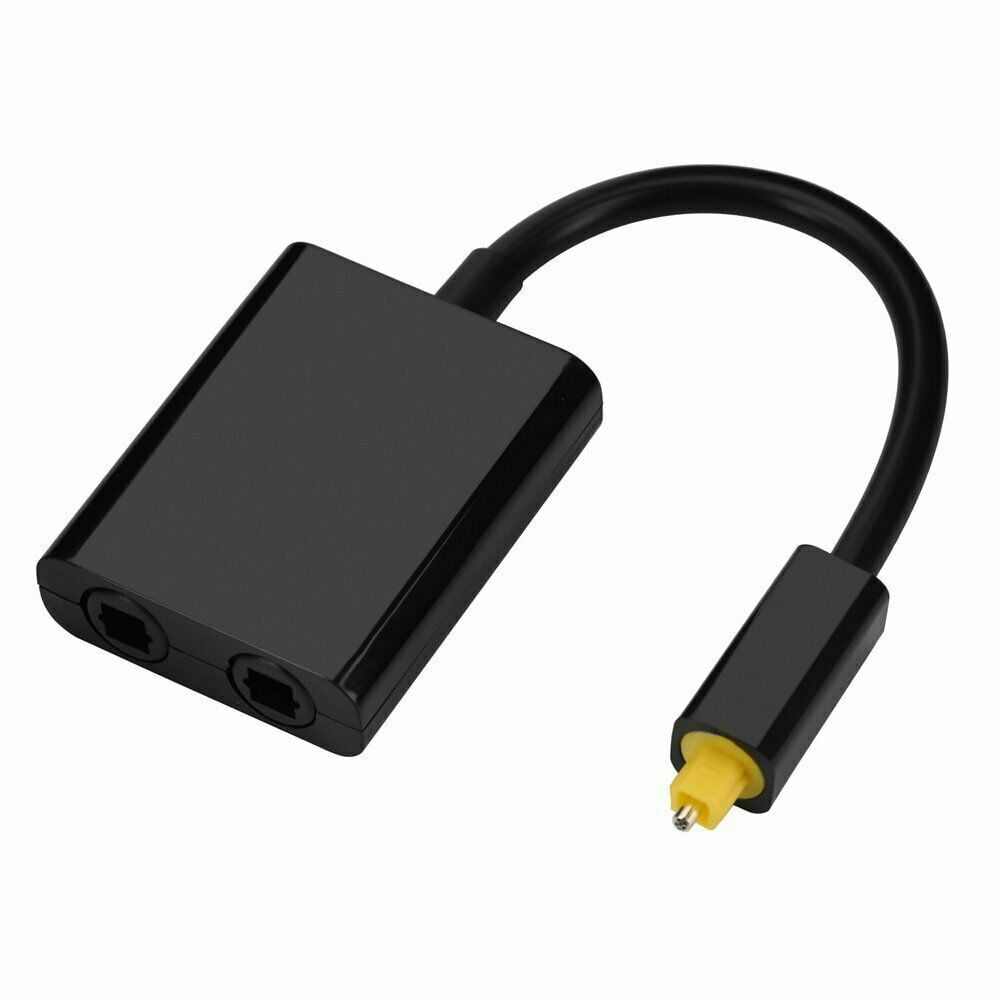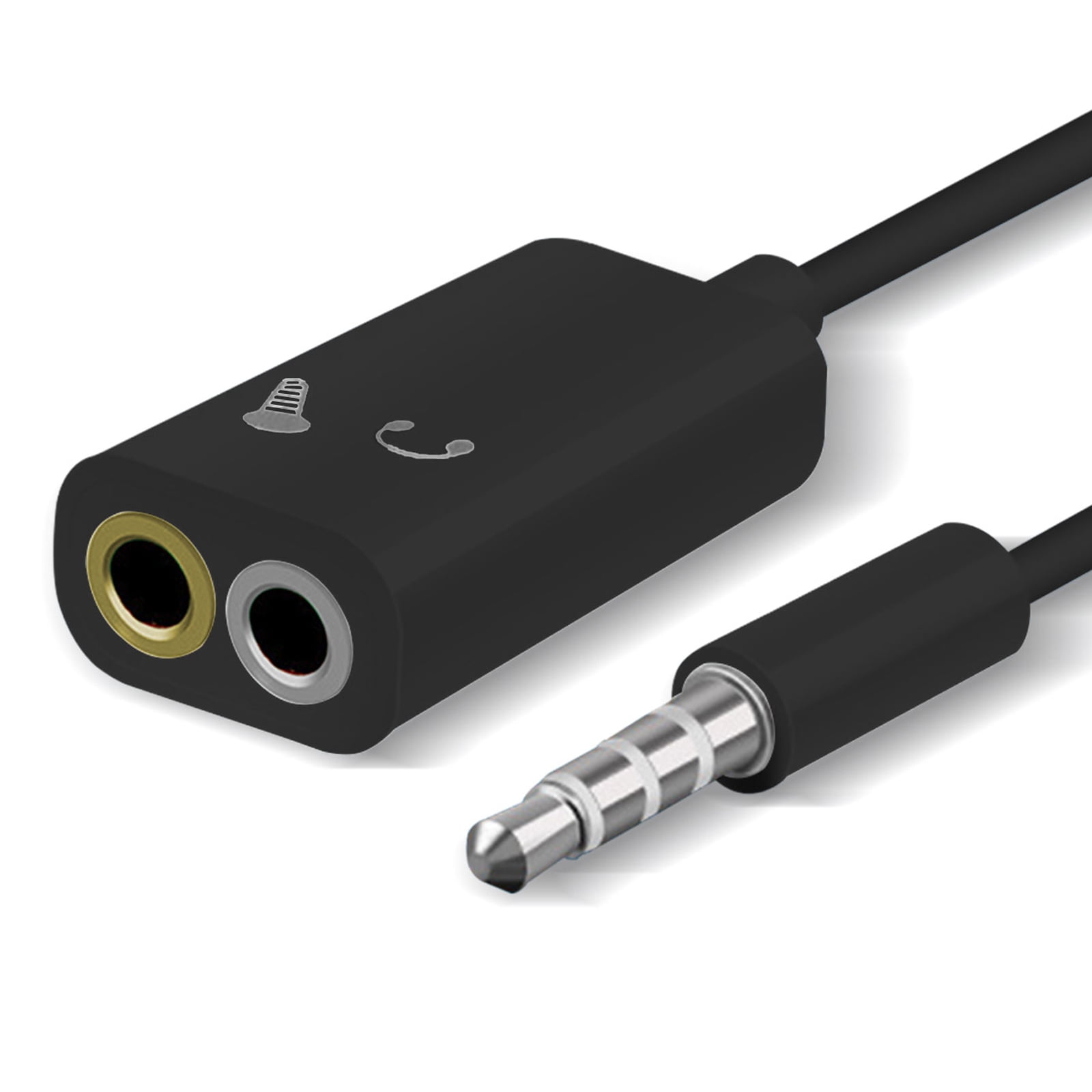
When recording with cue points, the result is one recording file and one associated cue file. In Total Recorder, some of the operations with regards to cue points and split operations are similar. If you want to use the standard Save As dialog for choosing a file name, select menu File-> Save As. The file name will be generated according to the settings on the Open/Save dialog.When you press the Save and delete before current position button, sound data which is before the current position is saved to a file and then deleted. When you press the Delete before current position button, sound data that is before the current position is deleted. When you press the Find next split point button, Total Recorder searches from the current position to try to find a position in the sound data that satisfies one of the split conditions that you selected.
#Automatic mp3 splitter manual

Starting split recording with the tagging of audio files.Splitting and Tagging of Audio While recording There are several ways to use the Split mode feature depending on your requirements:
#Automatic mp3 splitter windows
Only Windows Media Player 9.x (or later) with a special plug-in (see below) lets you obtain values for all ID3 tag fields (ID3v1 and ID3v2) if such tags are present in the file being played. Many, but not all, players allow you to extract information regarding the performer of a clip if such information is present in the file being played.

The name of a playing clip can be extracted from the title of a player. For such players, Total Recorder can extract information about the clip being played and use it for file tags (such as Ogg Vorbis tag or ID3 tag of MP3 file) and when generating file names for files that are created when recording in split mode (i.e. Total Recorder is aware of the formats of window titles for most of the popular players. The majority of players display information about the clip being played in the title of their window. For these functions, you can use the Split mode feature in the Professional, VideoPro and Developer Editions of Total Recorder. Or you may want to split a recorded file into separate tracks based on a cue-sheet file (if available). Or you may want to break a recorded file into several fragments of a fixed size or duration. For example, you record an Internet transmission and want each song written to a different file. Often, you may need to save individual fragments of recorded audio into separate files. This tutorial explains how you can split a recording into several files.

Tutorial: Splitting and Tagging Audio Files


 0 kommentar(er)
0 kommentar(er)
